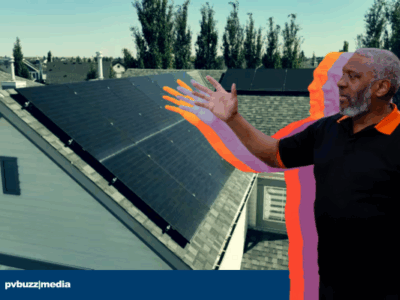Brazil’s “50 Telhados” project installs 2.4 MWp of rooftop solar
In 2014 and 2015, Brazil installed some 2.38 MWp in rooftop solar systems through the “50 Telhados” project , a partnership between renewable ONG Instituto Ideal and local businesses.
In all, 369 systems have been installed varying from 2 kWp to 100 kWp in 22 cities around the country, with an estimated generation 3.62 GWh per year.
Of the 22 participating cities, nine achieved the 50 system target, and most of the them from the total installed capacity. Fortaleza, in Ceara, and Rio de Janeiro, in Rio de Janeiro, are the top with more than 50 systems.
The project was launched back in December 2013. The German Cooperation for Sustainable Development, through the Deutsche Gesellschaft für Internationale Zusammenarbeit (GIZ) GmbH, supported the initiative.
Lucelec seeks EPC contractor for 3-MW Caribbean solar park
St Lucia Electricity Services Ltd (Lucelec), the sole power supplier on the Caribbean Island Of Saint Lucia, is seeking a developer for a 3-MW solar project.
A Request for Proposals (RfP) for the solar farm’s engineering, procurement and construction (EPC) has been launched, as announced at the start of the week. The power company aims to have at least 1 MW of photovoltaic (PV) power capacity up and ready to run by end-2016.
The project is planned for a site north of the Hewanorra International Airport. Lucelec will provide the funding and will manage the park after it is online.
The 3-MW system is estimated to produce 5% of the island’s needs.
Enel Green to use smart plus bifacial modules at new solar park in Chile
Enel Green Power SpA (BIT:EGPW) said it has begun building a 1.7-MW solar park in northern Chile, the world’s first to combine smart and bifacial modules with conventional panels for side-by-side testing.
The Italian renewables developer will construct the USD-3.4-million (EUR 3m) solar park near La Higuera, a town in the Coquimbo region, and sell its output to the La Silla astronomical observatory under a long-term contract.
The plant is expected to be completed in the first half of the year. It will feature smart modules with a microchip that allows them to feed electricity into the grid regardless of any eventual malfunctions affecting other panels.
It will also use bifacial modules that capture solar energy from both sides of the panel. The use of both types is seen to raise power generation at the facility by between 5% and 10% compared to similar plants utilising conventional technology.
The estimated 4.75 GWh of electricity that will be produced by the solar park each year will be enough to meet more than 50% of the observatory’s annual power consumption.
SeeNews Renewables
SeeNews Renewables goes beyond the familiar renewable markets of Western Europe and the US to encompass the potential of BRIC counties and emerging investment destinations in North Africa, the Asia Pacific, Central and Eastern Europe. SeeNews Renewables is covering all renewable energy sources: wind, solar, hydropower, biomass, geothermal and marine energy.













Comments